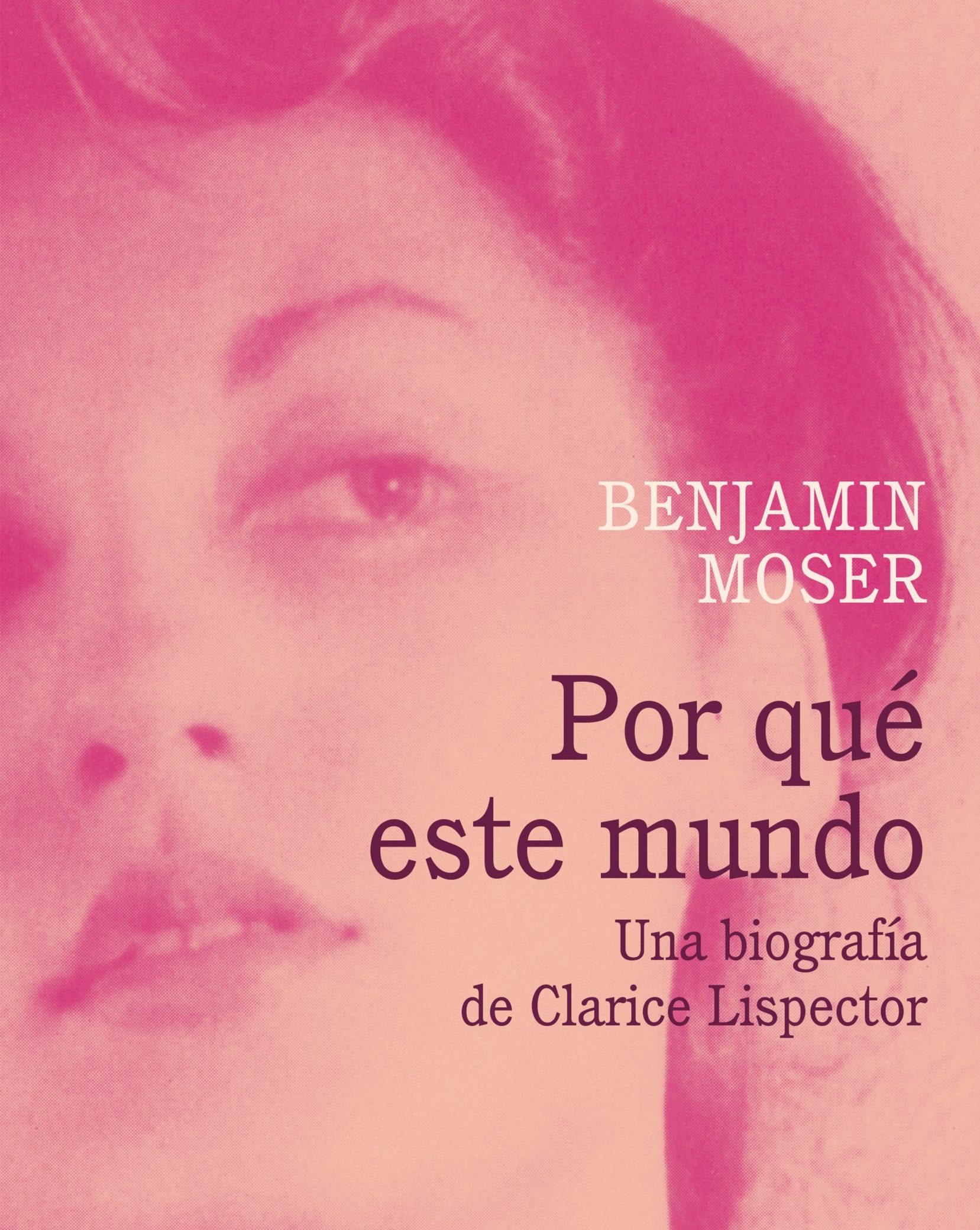, Clarice’s biography now has a Spanish edition. IMS Clarice Lispector, 2017. Disponível em: https://site.claricelispector.ims.com.br/en/2017/12/11/biografia-de-clarice-ganha-edicao-em-espanhol/. Acesso em: 27 July 2024.
Written by Benjamin Moser, Clarice Lispector’s biography Why This World (Oxford University Press, 2009) continues to circulate around the world. Also published in Brazil by Cosac Naify in 2009, and translated by José Geraldo Couto, a new edition of the work was released this year, this time by Companhia das Letras. Titled Clarice, the reedited biography includes new photos, rare images, letters, and manuscripts discovered by Moser himself.
The book has now arrived in Spanish-speaking countries. The Madrid publisher Siruela released Por qué este mundo. Una biografía de Clarice Lispector (trans. Cristina Sánchez-Andrade) in September in Europe and began to distribute it in Latin America this month. The new releases will give Spanish-speaking readers the opportunity to get in touch with “a biography worthy of its great subject,” according to Orhan Pamuk, the Turkish Nobel Prize-winning writer. “One of the twentieth century’s most mysterious writers is finally revealed in all her vibrant colors.”
Are you interested? You can read a passage of the work by clicking here.
See also
 by Elizama Almeida
by Elizama Almeida
In 1970, Clarice Lispector started to write a work that would come to be called Água Viva. Published at the end of August 1973 by Artenova, what follows is a manuscript.
 by Rubem Braga
by Rubem Braga
It would be possible to say that Clarice Lispector’s finesse recalls that of Virginia Woolf – which actually seems to be her strongest influence. But what most surprises and captivates me in Clarice’s short stories...
 by Bruno Cosentino
by Bruno Cosentino
Clarice Lispector wrote about sex only once. It was in the book A via crúcis do corpo (The Via Crucis of the Body).
 by João Camillo Penna
by João Camillo Penna
The work of Clarice Lispector revolves around on two notions: the symbol and the thing. The thing, physics, and the symbol, metaphysics; the thing, immanence, and the symbol, transcendence; the thing, the body, and the symbol, language; the thing, existence, and the symbol, the saying; the thing, the event, and the symbol, the way to make it possible to read the nonsymbolizable thing.
 by Marco Antonio Notaroberto
by Marco Antonio Notaroberto
The following text began with research on the correspondence between Clarice Lispector and her sisters Tania Kauffman and Elisa Lispector, under the care of the IMS.
 by Bruno Cosentino
by Bruno Cosentino
The traditional Parisian bookstore Shakespeare and Company placed on special display the English version of the book The Complete Stories, by Clarice Lispector.







